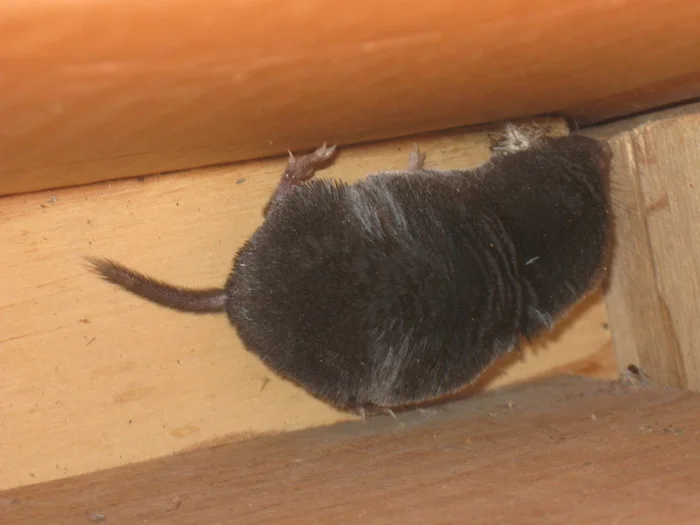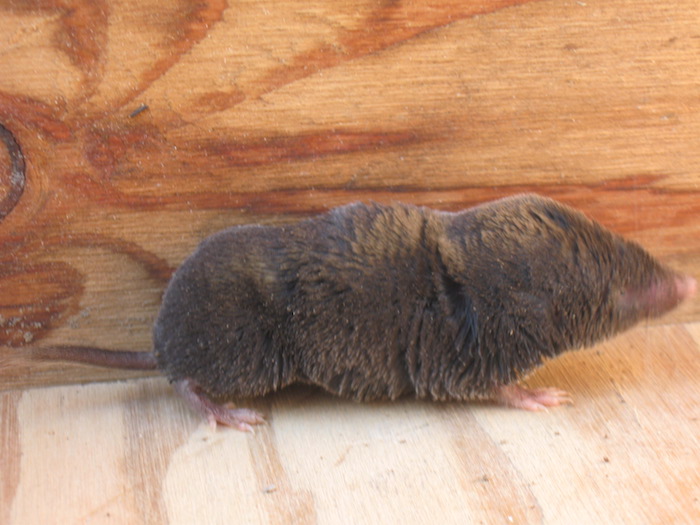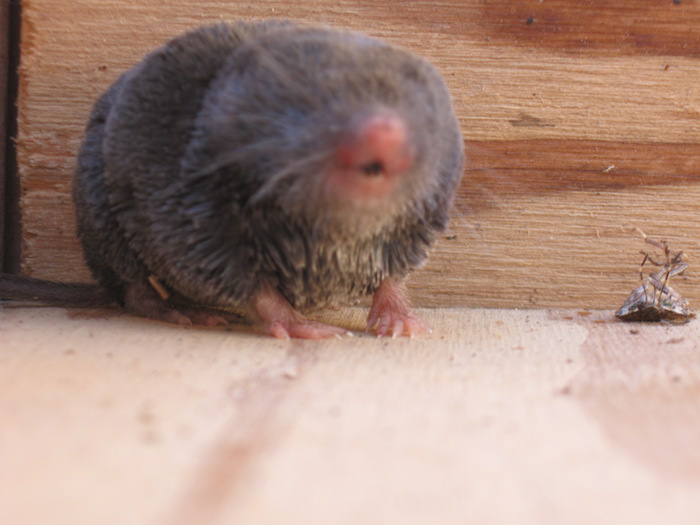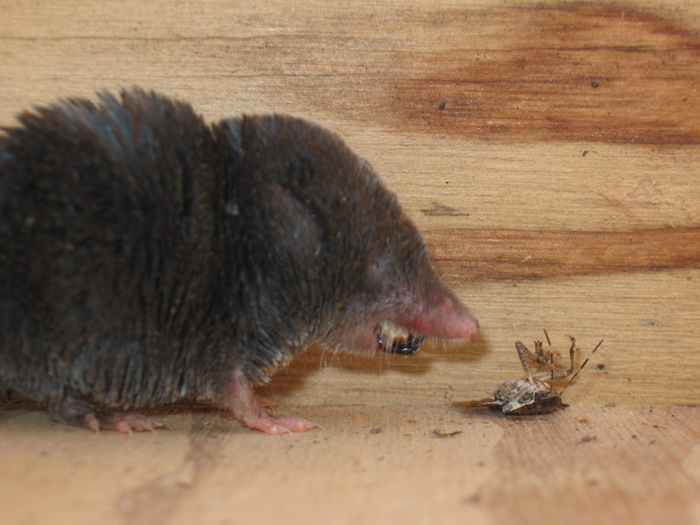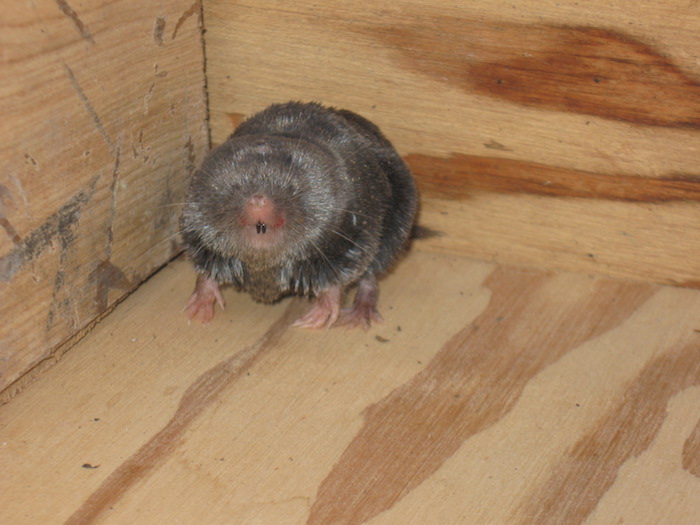“Raccoon in the attic” is one of our most common calls. Raccoons are excellent climbers and have little problems reaching rooftops where they can then enter attics. They may even enter crawl spaces if left open. Having these guys in your home can wreak havoc on your home. We had one customer who had raccoons tear about 30 holes in a flat vinyl roof while they were away on vacation. (It also rained while they were gone.)
We thought that it might be helpful if people knew a few of the signs to look for if they think they have this problem. Simply seeing a Raccoon in the back yard does not mean that you have them in the attic. Here are a few things to look for:
1. Latrines – Raccoons will make latrines in attics of homes where they live. Latrines are accumulated piles of feces. Feces looks similar to a small to midsized dog droppings.
A raccoon latrine in an attic
2. Latrines on Roof – Raccoon will create latrines on the roof of homes. If raccoons can make it to the roof they are likely to test for “soft spots” and attempt to gain entry. Make sure that possible entry points are solid if you see this happening.
Accumulated raccoon feces and pine needles on a roof.
3. Attic Noises – Raccoons make a great deal of noise in attics. Noises include footsteps, Snarls, kitten like mews, thumps, etc. Raccoons can make more noise than smaller rodents (rats, mice, squirrels) who tend to make more scratching, gnawing, and scurrying noises.
4. Out of Place Soffit Panels – Soffits are the number one entry point for Raccoons. Vinyl panels are easily pushed aside especially if they are poorly installed. However, Raccoons sometimes enter and soffit panels spring back into place. This depends, to a great extent on how the soffit was installed.
Vinyl soffit pushed up out of place by raccoons entering an attic
5. Scratch Marks on Woodwork- Scratches on 4×4 post and other wood work can be indicators of Raccoon activity. Often woodwork is used to gain access to upper portions of homes. Toenail scratches will often be left behind, especially if a post is used consistently. (see picture)
6. Roof Sightings – Sightings on roofs are cause for suspicion especially if they are regular. Once they gain access to roof areas, Raccoons will attempt to gain entry to attics. Make sure that all possible entry points are solid.
7. Foot Prints in Dust – Small footprints in the shape of a hand on the top of air conditioning ductwork are a good sign of raccoon intrusion. Often Raccoons will use ductwork as a pathway to get from one part of attic to another
Raccoon scratch marks on a support post at a home in Johnson City Tn.
8. Open Holes in Foundations – Large open holes in foundations are invitations to all types of wildlife including raccoons. Look for hand like prints on plastic sheeting, in mud, etc.
9. Unexplained Dirty Smears – Unexplained dirty smears on the exterior of your home is a good indicator of activity. Smears occur where animals climb or rub against the side of homes. Smears may be seen along downspouts if Raccoons are climbing them for access to the roof.
10. Insulation Trails – Raccoons will follow regular pathways through insulation once they gain access to the attic. Noticeable compression of the insulation will be evident. Trails will be evident. Raccoon trails are much wider than those of other species. Raccoon trails will be 10-12” wide or more.








